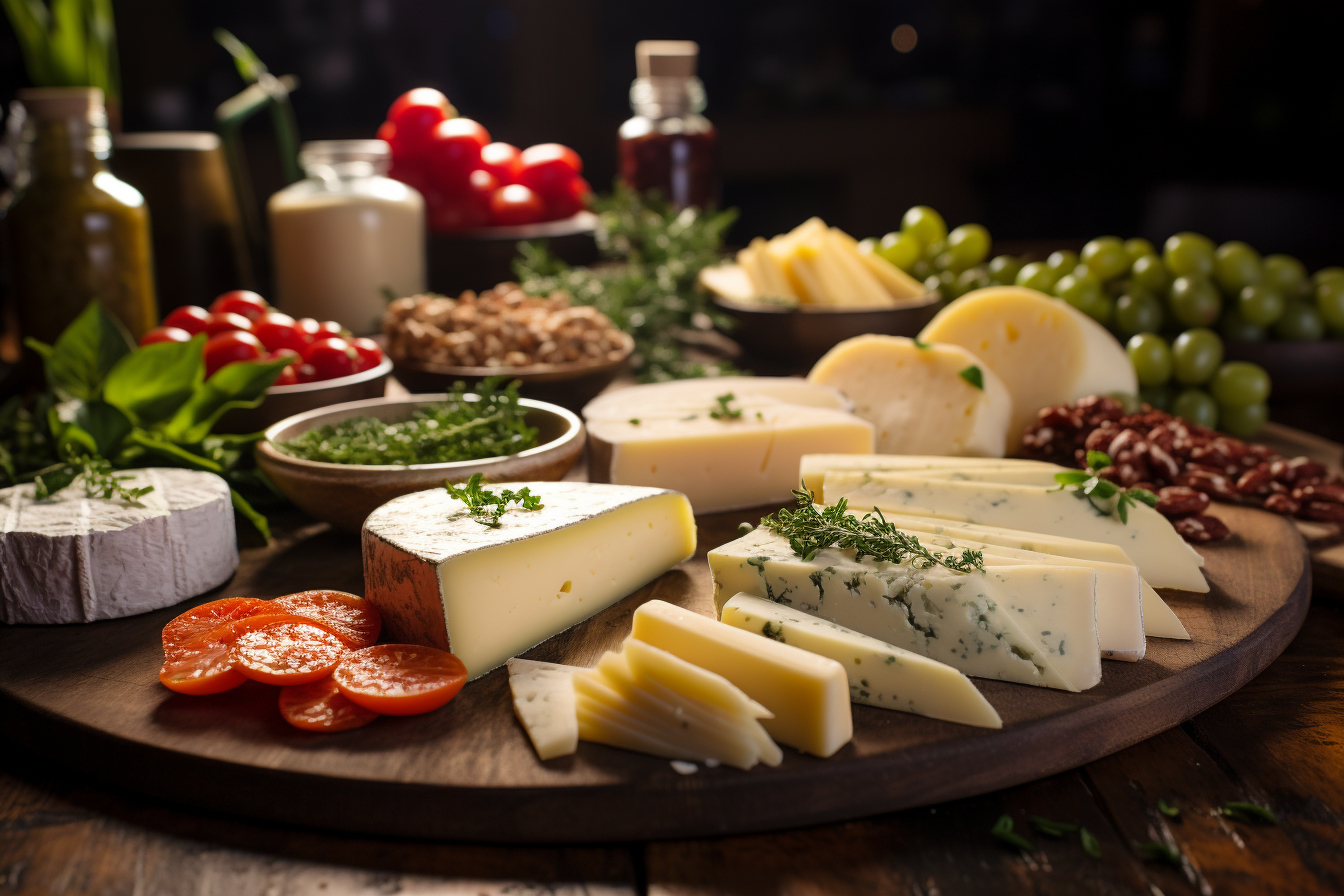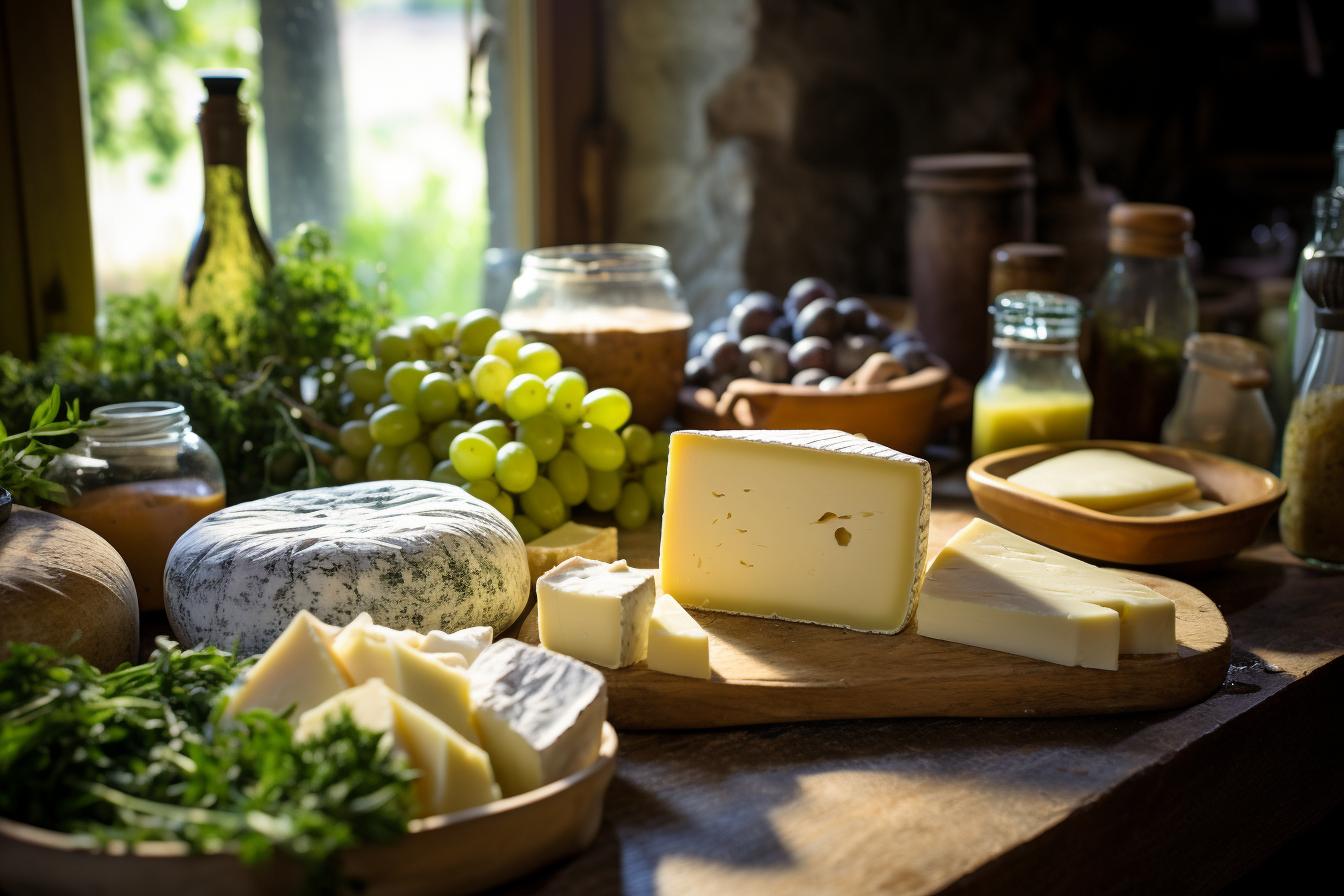Making your own cheese is a fascinating and rewarding adventure, mixing science and culinary art. Such craftsmanship offers the opportunity to create unique cheeses while controlling the ingredients and manufacturing process. This art, thousands of years old, remains popular among cooking enthusiasts and those who aspire to a more independent lifestyle. The decision to embrace the mastery of home cheesemaking requires not only patience and precision, but also a willingness to experiment and personalize flavors.
Prerequisites: Equipment and hygiene

Necessary equipment
To get started, gather the essential equipment: a large stainless steel saucepan, a long-handled wooden spoon, an accurate kitchen thermometer, cheese molds, a cheese press (for some types), and cheese cloth or cheesecloth . It’s also a good idea to have a few specific accessories, like a ladle and a curd knife, if you want to explore more complex recipes.
Rigorous hygiene
Impeccable hygiene is essential. All equipment in contact with milk and cheese must be perfectly clean and sterilized to avoid contamination by unwanted bacteria. Meticulous cleanliness also ensures the success of the cheese by allowing the good bacteria to do their work.
Milk selection and preparation
Choosing the right milk
Milk is the blank canvas of the cheese factory. Fresh, whole, organic, raw or pasteurized (at low temperature), each type of milk has an impact on the taste and texture of the cheese. Although raw milk is often favored by artisans for its richness in enzymes and bacteria, it carries health risks and is regulated in some countries. Pasteurized milk is a safer alternative but may require the addition of cheese cultures to compensate for the loss of natural bacterial flora.
Milk preparation
Before you begin, make sure the milk is at the correct temperature. Recipes vary, but typically the milk is slowly heated in the pan to a precise temperature. Careful attention must be paid to this step to preserve the qualities of the milk.
The basic recipe for fresh cheese
Cream cheese is an ideal starting point for beginners. Simple, with few ingredients, it allows you to familiarize yourself with the basics of cheesemaking.
Ingredients and Steps
You will need:
- Milk (preferably whole)
- A coagulating agent such as lemon juice, vinegar or rennet
- Salt
Absolutely Essential Steps :
- Milk heating : Slowly bring the milk to the required temperature according to the recipe.
- Coagulation : Add the coagulating agent to separate the milk into curds and whey.
- Cut and Rest : Carefully cut the curd into cubes and let it rest.
- Draining : Transfer the curds to cheesecloth placed over a strainer to remove excess whey.
- Salting and Spices : Mix the salt and, if desired, herbs or spices.
- Molding : Place the drained curds in one or more molds.
- Pressing and Refining : For pressed cheeses, follow specific instructions regarding weight and time.
This basic process can be adapted and expanded to create an endless variety of cheeses.
Exploration of advanced techniques
Once you have mastered the basics, it is time to venture into advanced techniques such as ripening, the introduction of cheese cultures and the use of rennet. Refining can be done in different environments to obtain cheeses with washed, flowery or blue rinds. Specialized cheesemaking books and workshops can provide valuable information for these more sophisticated steps.
Persistence and patience
Mastering the art of cheesemaking requires perseverance. Each attempt is an opportunity to learn and improve your techniques. Document your processes and results to better understand the subtleties of your cheese creations.
Soft and Hard Cheeses
Soft cheeses are generally simpler to make and require less maturing time than hard cheeses. For the latter, patience is required. They require longer pressing and a maturing period which can vary from a few weeks to several years. These cheeses will develop complexities of taste and texture over time.
Respect for traditions and innovation
Although cheesemaking follows established traditional techniques, there is ample room for innovation. The home cheese factory is a perfect backdrop for testing new ideas, whether it’s spice blends, adding unusual ingredients like craft beers or tea infusions, or even exploring different bacterial cultures .
Tasting and sharing
Making your own cheese is both a personal job and a source of collective joy. Each cheese made is unique and reflects the care and attention taken throughout its production. By sharing your creations, you share a part of yourself, your patience and your passion. The tasting is a moment of pride and exchange, bringing together friends and family around your know-how.
For further
Cheesemaking at home is a never-ending experience, with every day offering the opportunity to discover and improve. From online communities to local courses, opportunities to learn and get inspired are abundant. Don’t hesitate to join groups of cheese enthusiasts to exchange advice, tips and recipes.
Making your own cheese at home is a journey as delicious as it is educational, offering a tangible link between tradition and culinary innovation. By embarking on this adventure, you will not only develop a new talent, but also connect more with the foods you eat and the artisanal methods that shape them.












